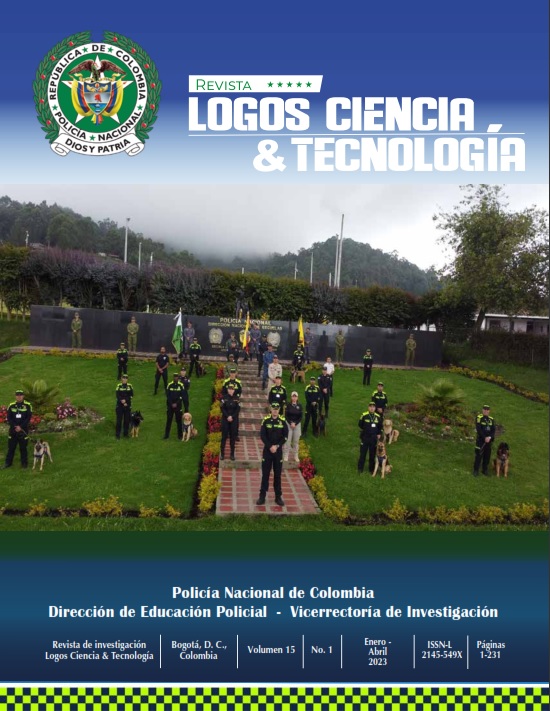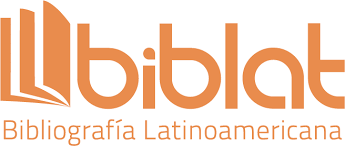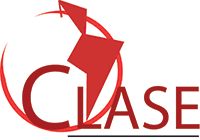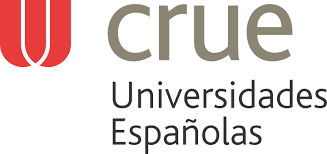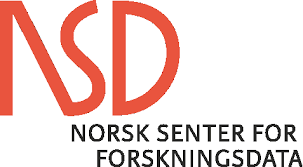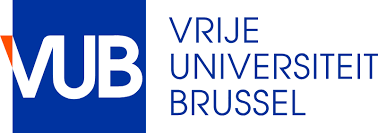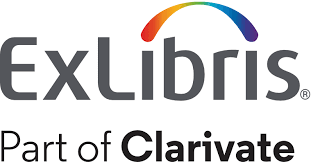Mothers in pregnancy and lactation period and their relationship with the police service in Colombia
DOI:
https://doi.org/10.22335/rlct.v15i1.1684Keywords:
mothers, maternity, lactation, gender division of labour, gender roles, gender stereotypes, gestation, pregnancy, police, women’s healthAbstract
Following studies carried out in different police forces regarding the performance of uniformed women during pregnancy and breastfeeding, we investigated how the roles of mother and police relate to each other in the Colombian National Police. The study focused on the establishment of lines of action to improve the quality of life of uniformed women through the interpretation of factors of reciprocal incidence between the police profession, being a mother and police service. The research was framed within the qualitative method with a phenomenological approach. Likewise, the emotional, social, labor and normative conditions of the female population during pregnancy and breastfeeding were studied, based on the experience of 37 women during a promotion course at the Escuela de Suboficiales y Nivel Ejecutivo Gonzalo Jiménez de Quesada. The difficulty of balancing the demands of work and child rearing, tensions caused by pressure from superiors and colleagues and the absence of places conducive to the manual expression of breast milk were evidenced. Finally, lines of action are proposed with a view to transforming the way policewomen are viewed in the conditions described, as an input to generate changes and strategies in institutional policies.
Downloads
References
Agocs, T., Langan, D., y Sanders, C. (2015). Police Mothers at Home: Police Work and Danger-Protection Parenting Practices. Gender & Society, 29(2), 265-289. https://doi.org/10.1177/0891243214551157
Aristizábal, C. (2019). Ser madre en un país en guerra: significados de la maternidad en mujeres pertenecientes a la Policía Nacional de Colombia, ubicadas en la ciudad de Leticia, Amazonas [Tesis de Maestría, Universidad Nacional de Colombia]. Repositorio institucional UNAL. https://repositorio.unal.edu.co/handle/unal/76295
Cowan, R. L., y Bochantin, J. E. (2009). Pregnancy and Motherhood on the Thin Blue Line: Female Police Officers’ Perspectives on Motherhood in a Highly Masculinized Work Environment. Women and Language, 32(1), 20-30.
Cowan, R. L., y Bochantin, J. E. (2010). I’m not an invalid because I have a baby…”: A cluster analysis of female police officers experiences as mothers on the job. Human Communication 13.4: 319-335.
Ellis, L. (2016). Policemoms: Perceptions of Motherhood and Policy in Ohio Police Organizations. Walden Dissertations and Doctoral Studies. https://scholarworks.waldenu.edu/dissertations/2649
Hernández, A., Echeverri, L., y Cortés, G. (2021). Caracterización, inclusión y participación de la mujer policía en Colombia. Análisis 1994 - 2021. Revista Logos Ciencia & Tecnología, 13(3), 8-19. https://doi.org/10.22335/rlct.v13i3.1445
Hernández, A., Echeverri, L., y Cortés, G. (2022). Factores motivacionales que inciden en la elección de la carrera policial como patrullero de la Policía Nacional de Colombia. Revista Logos Ciencia & Tecnología, 14(1), 18-27. https://doi.org/10.22335/rlct.v14i1.1519
Martínez, J. (2011). Metodologías de la investigación cualitativa. Silogismo más que conceptos, 8(1), 27-38.
Nieto, J., Nieto, J., y Moreno, J. (2018). Modelo holístico de liderazgo policial. Revista Logos Ciencia & Tecnología, 10(2), 90-110. https://doi.org/10.22335/rlct.v10i2.551
Downloads
Published
Versions
- 2022-12-16 (3)
- 2022-12-12 (2)
- 2022-12-08 (1)
Issue
Section
License
Copyright (c) 2022 Revista Logos Ciencia & Tecnología

This work is licensed under a Creative Commons Attribution 4.0 International License.
This journal provides free and immediate access to its content (https://creativecommons.org/licenses/by/4.0/legalcode#languages), under the principle that making research available to the public free of charge supports greater global knowledge exchange. This means that the authors transfer the Copyrights to the journal, so that the material can be copied and distributed by any means, as long as the authors’ recognition is maintained, and the articles are not commercially used or modified in any way.
